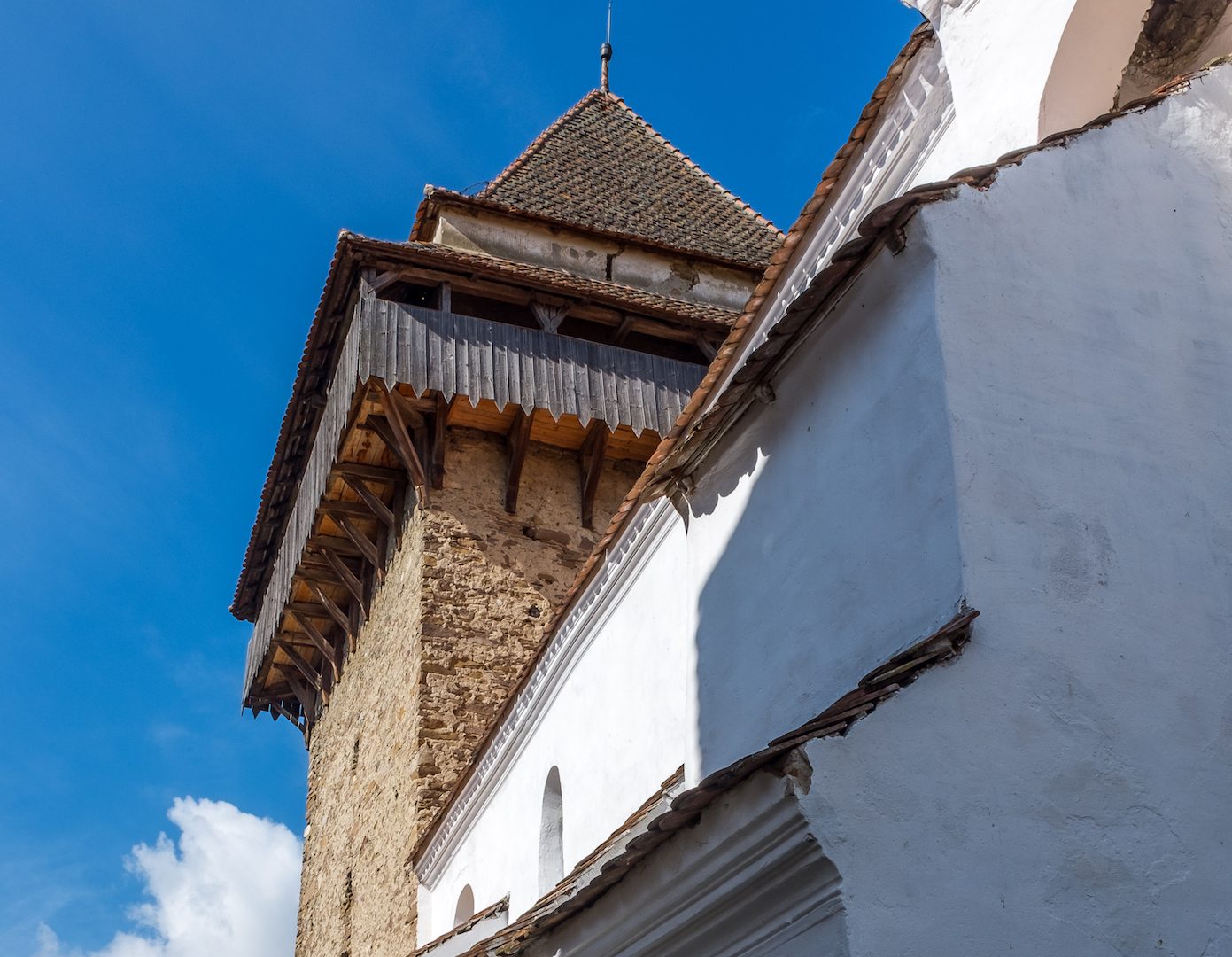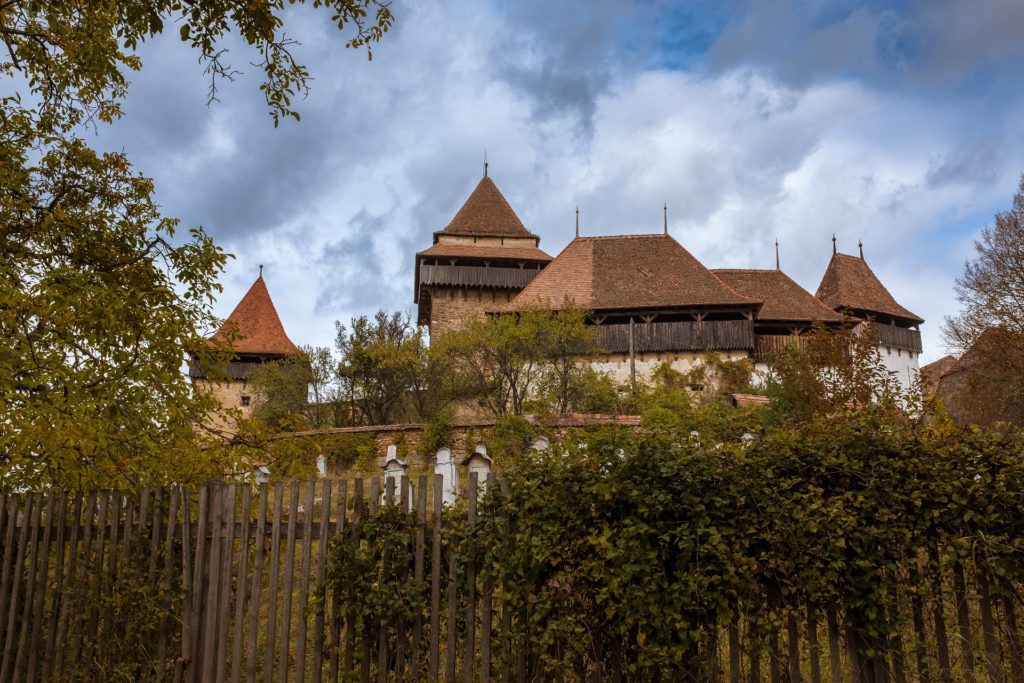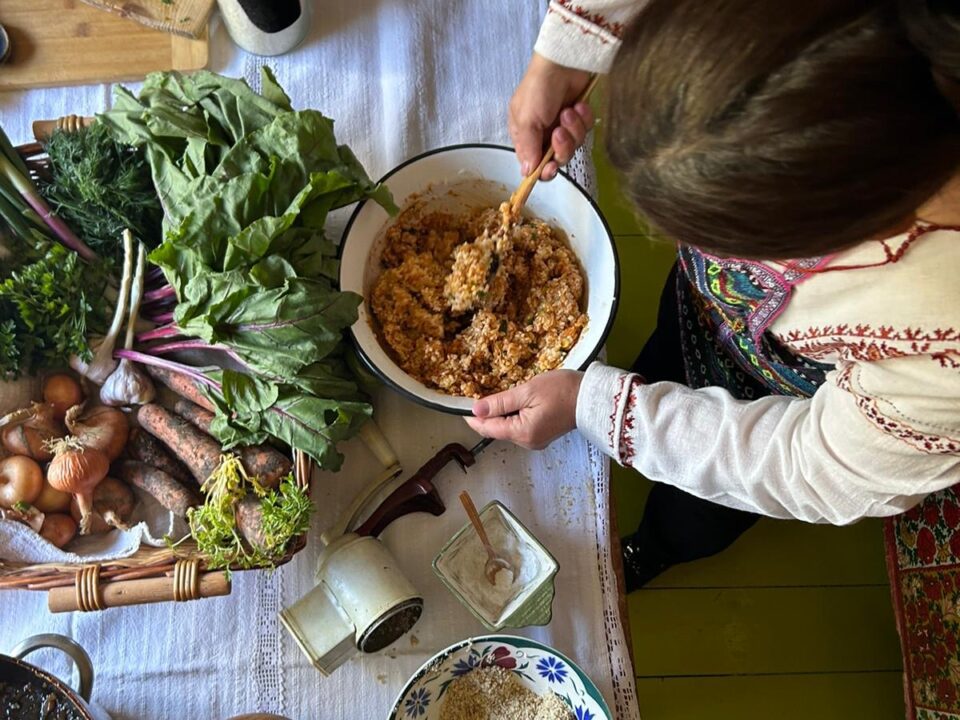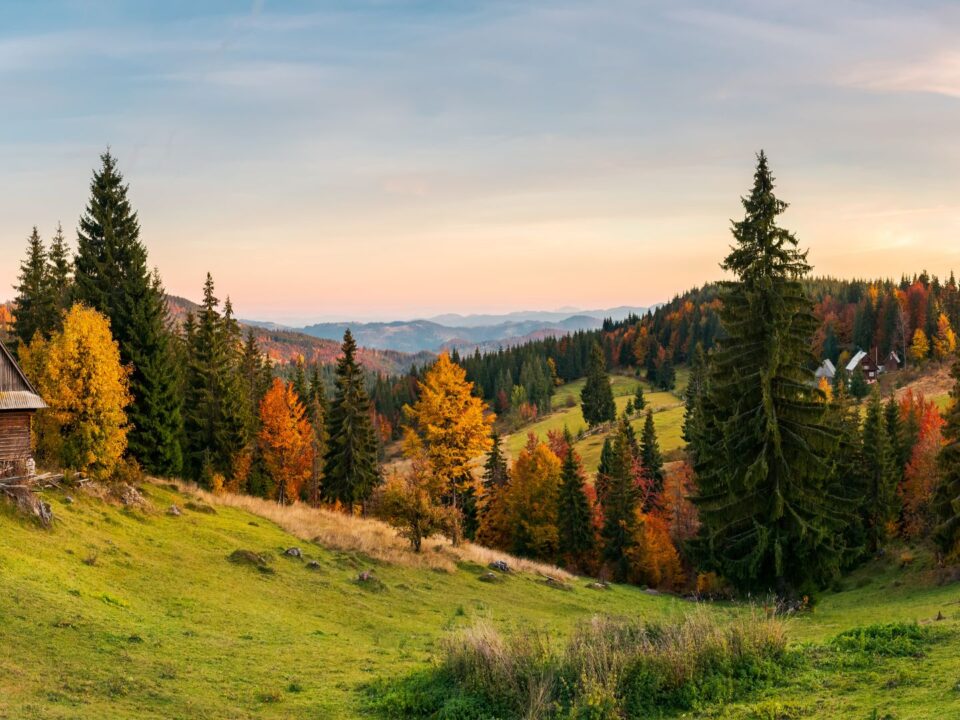
Who Are The Saxons?
February 13, 2018
The Story Behind The Empty Historic Buildings of Bucharest
April 19, 2018By Warren Singh-Bartlett
If Transylvania’s Saxon churches, with their thick walls topped by towers, look a little like fortresses, that’s because in part, they were.
Subjected to repeated invasion by the Mongols and later, the Ottomans, Saxon villagers fortified their churches, making them defensible and the larger ones even had rooms set aside for villagers to inhabit during a siege. Food, like grains, dried beans, flour and dried fruits, was also stored in the church, usually in painted wooden provision chests. Some churches also had secret clay-lined pits in which larger quantities of grain could be stored and, their locations only known to a select few who were sworn to secrecy.

The fortified church in Viscri, part of the UNESCO World Heritage list
One tower in every church is known as the Bacon Tower, as it was there that villagers and townspeople kept slabs of air-dried, smoked or salted meat and animal fat, like speck and lard. Every family had a stamp or a number with which their supplies were marked. The tower was opened once a week, to permit the designated family member to remove enough bacon or lard for the week ahead. If a household ran out before the tower was opened again, usually after Sunday service, they had to make do. In part, this was to deter theft, which didn’t necessarily prevent more cunning souls from trying, but more importantly it was to keep the heat out and the tower as cool as possible.
During the winter, sub-zero temperatures kept the meats from rotting and in warmer months, air currents and heavy salting did the same. In some churches, ice cut from nearby rivers and lakes was stored in the Bacon Tower during the winter. As this slowly melted during the summer, it helped to keep tower temperatures down.




